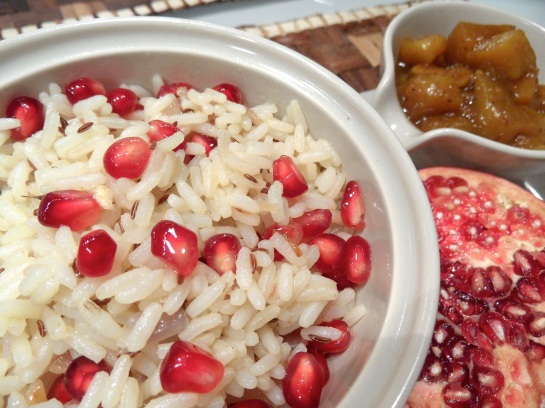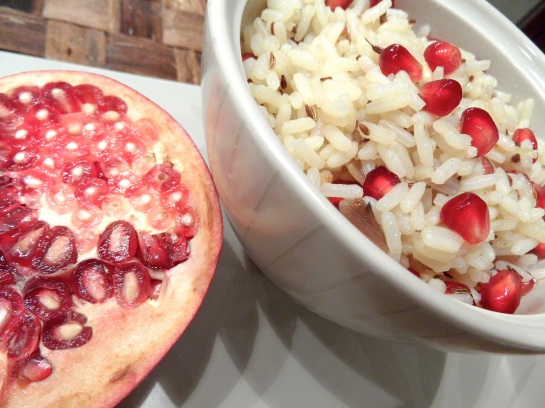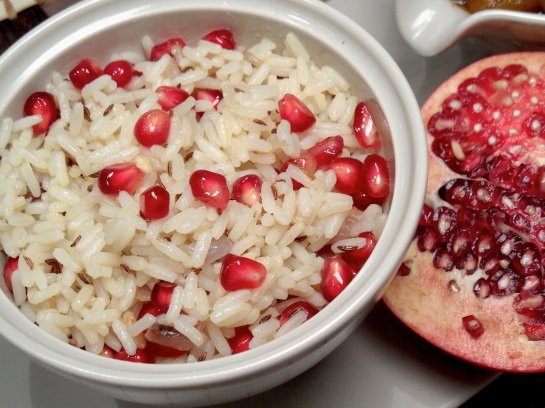Autumn is harvest time: apples ripen, grapes are vintaged, olives picked. Grapes and olives, especially – together with wheat – are unreplaceable fruits of the earth: wine and oil are the basis of our culinary culture and diet. But, if grapes can be normally tasted as fresh fruits, olives must be treated before eating.
Roaming through markets in early autumn, your attention would be probably caught by amounts of fresh green olives – they can be sold loose or in boxes – and you’d be probably tempted to taste them as they are. Well, never try! Green olives as picked from the tree are unbearably bitter – more, they are inedible. To get rid of their bitterness they need to be treated either in water or in a brine solution for several days, changing the solution every day, before they are ready. Here, I post three different recipes for olive pickles: two invloving brine (a Tuscan and a Provençal recipe) and one for making crushed olives, a method commonly used in Southern Italy.
Tuscan Olive Pickles
Ingredients
1 kg green olives
2 lt water
80 g caustic soda
The recipe for making these pickles is really easy but needs a little attention. Wash olives, discarding all those that are damaged. Add 40 grams of caustic soda (remember to wear kitchen rubber gloves because caustic soda is corrosive) for each liter of water. Use enough water to completely cover olives. Let olives rest in this solution for about 6-7 hours, then throw it away. Cover olives with new water. You have to change water every day for about a week or until, tasting olives, they lose all their bitterness.
Now prepare brine: boil water with salt (50 to 100 g per liter according to taste), let it cool down, then pour over olives in a glass jars (airtight or with screw lids). Wait about a week before eating them.
Provençal olive pickles
After treating olives as mentioned above you can aromatize them with herbs as you like. This is one of they way olives are prepared in Provence. I used lemon though orange would be a better match.
Ingredients
1 kg treated olives (as explained above)
50-100 g salt per liter of water (according to taste)
1 laurel leaf
a handful of fennel seeds
15 coriander seeds
1 lemon, zest only (or 1/4 orange, zest only)
Let all the ingredients boil for about 15 minutes, then let it cool and pour over olives in glass jars. Wait about a week before eating them.
Southern Italy crushed olives
Crushing olives is a common way to prepare olives in Southern Italy. To do so, you have to literally crush them one at a time with a hammer or pestle or anything functional so that the pit comes out and can be removed (you’d better wear gloves to prevent your fingers from being stained). After they’re all crushed, cover them with a brine made with 50-100 grams of salt per liter of water. Change the brine every day for about 3-4 days. Then soak olives in water without salt for further 3-4 days changing water every day. It can take a little longer depending on how bitter olives are (note that with this crushing method olives remain a little bitterer than with the Tuscan method).
When they are ready you can season them with herbs as you like. I added garlic, chili pepper flakes and fennel seeds and covered them in oil (oil is optional but I like them best this way). To do so, make a layer of olives at the bottom of an airtight jar. Sprinkle with seasoning and make another layer. Go on till the jar is full. Gently press olives before adding new layers. If you chose to add oil, be careful not to leave spaces (air bubbles) otherwise the preserving process would be affected.
Conserve di Olive
L’autunno è il periodo del raccolto: le mele maturano, l’uva è vendemmiata e le olive raccolte. L’uva e le olive in special modo – insieme al grano – sono frutti della terra insostituibili: il vino e l’olio sono alla base della nostra dieta e della nostra cultura culinaria. Ma, se l’uva si può mangiare così com’è, altrettanto non si può dire delle olive, che vanno trattate prima di essere consumate.
Gironzolando per i mercati in autunno, potreste essere attratti da ceste di olive verdi fresche e potreste essere tentati di assaggiarle così come sono. Non sia mai! Le olive verdi appena colte dall’albero sono assolutamente amare – di più, sono immangiabili. Per togliere l’amaro devono infatti essere trattate con acqua o salamoia per diversi giorni, cambiando l’acqua ogni giorno, prima che siano pronte per essere mangiate. Qui ho inserito tre ricette: due con salamoia (una toscana e una provenzale) e una per fare le olive schiacciate, un metodo molto comune nel Sud Italia.
Olive in salamoia alla toscana
Ingredienti
1 kg di olive verdi
2 lt di acqua
80 g soda caustica
Questa ricetta per fare le olive è molto semplice ma necessita di un po’ di attenzione. Lavare le olive, eliminando quelle danneggiate. Aggiungere 40 grammi di soda caustica per litro di acqua (mi raccomando, usare i guanti perché la soda caustica è corrosiva!!) Usare abbastanza acqua da coprire completamente le olive. Lasciar riposare le olive in questa soluzione per 6-7 ore, dopodiché gettarla. Coprire le olive con acqua pulita cambiando l’acqua tutti i giorni per circa una settimana o finché le olive non hanno perso l’amaro.
Adesso preparare la salamoia: bollire dell’acqua con il sale (da 50 a 100 g per litro a seconda dei gusti), lasciar raffreddare quindi versarla sulle olive messe in un barattolo di vetro (con sottovuoto o con tappo a vite). Aspettare circa una settimana prima di consumare.
Olive in salamoia alla provenzale
Dopo aver trattato le olive come spiegato sopra, potete aromatizzarle a vostro piacere. Questo è uno dei metodi in uso in Provenza. Io ho usato il limone, anche se l’arancia sarebbe più corretta.
Ingredienti
1 kg di olive trattate (come spiegato sopra)
50-100 g di sale per litro di acqua (a seconda dei gusti)
1 foglia di alloro
una manciata di semi di finocchio
15 semi di coriandolo
la scorza di un limone (o di 1/4 di arancia)
Far bollire tutti gli ingredienti in abbondante acqua per circa 15 minuti, lasciar raffreddare e versare sulle olive messe nei barattoli. Aspettare circa una settimana prima di consumare.
Olive schiacciate
Schiacciare le olive è un metodo molto comune di prepararle nel Sud Italia. Per farlo, dovete letteralmente schiacciarle una alla volta con un martello o un pestello o qualunque altro utensile adatto allo scopo così che il nocciolo venga fuori e possa essere rimosso (conviene usare i guanti perché le olive macchiano). Una volta che sono tutte schiacciate, coprirle con una salamoia fatta con 50-100 grammi di sale per litro di acqua. Cambiare la salamoia ogni giorno per 3-4 giorni. Immergere le olive in acqua senza sale per altri 3-4 giorni, cambiando l’acqua tutti i giorni. Ci può volere anche più tempo a seconda di quanto sono amare le olive (notare che le olive schiacciate rimangono comunque un po’ più amare rispetto al metodo della salamoia toscana).
Quando sono pronte, potete condirle a piacimento. Io ho aggiunto aglio, peperoncino e semi di finocchio e le ho coperte di olio (l’olio è opzionale ma a me piace di più). Per prepararle, fare uno strato di olive in un barattolo di vetro. Condire a piacimento e coprire con un altro strato. Continuare fino a quando il barattolo è pieno. Premere delicatamente le olive prima di aggiungere un altro strato. Se decidete di aggiungere olio, attenti a non lasciare spazi vuoti (bolle d’aria) altrimenti il processo di conservazione potrebbe risentirne.
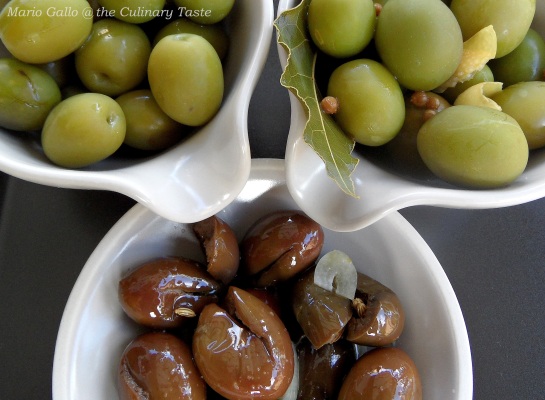

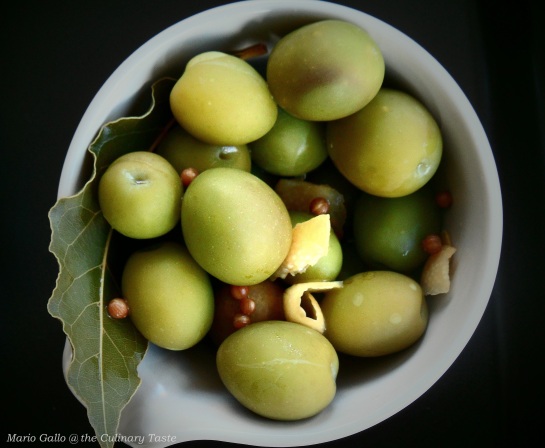
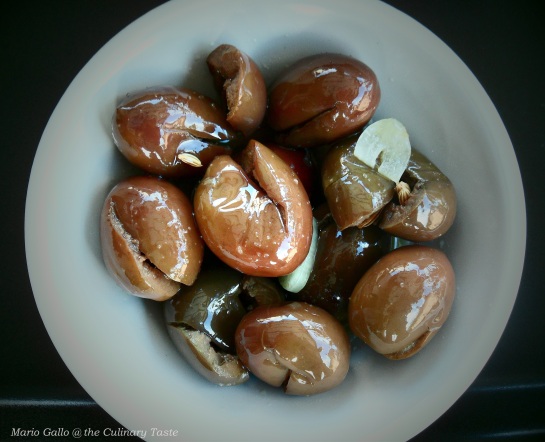




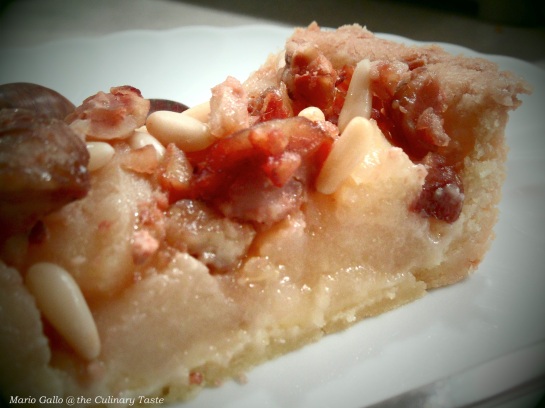

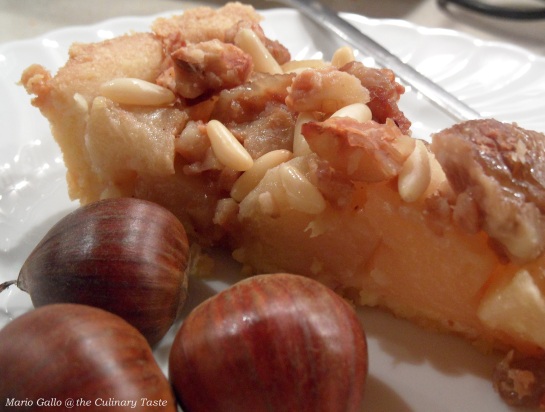


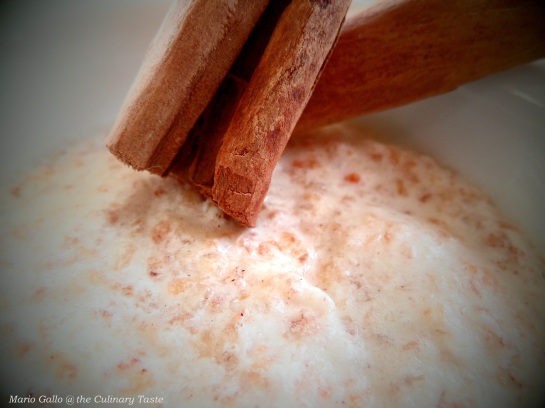

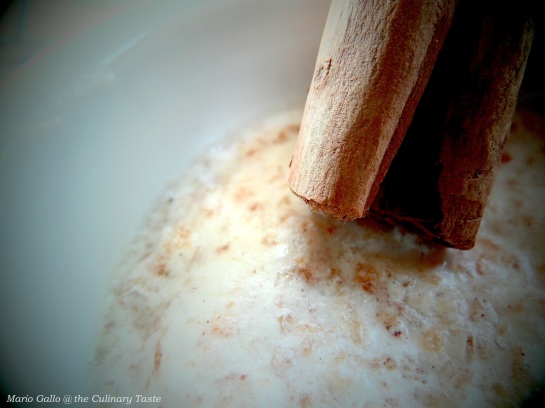





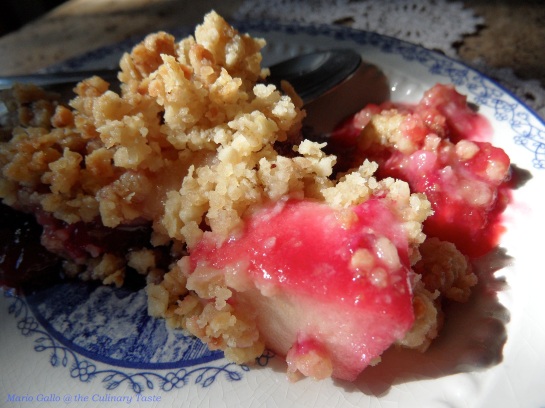
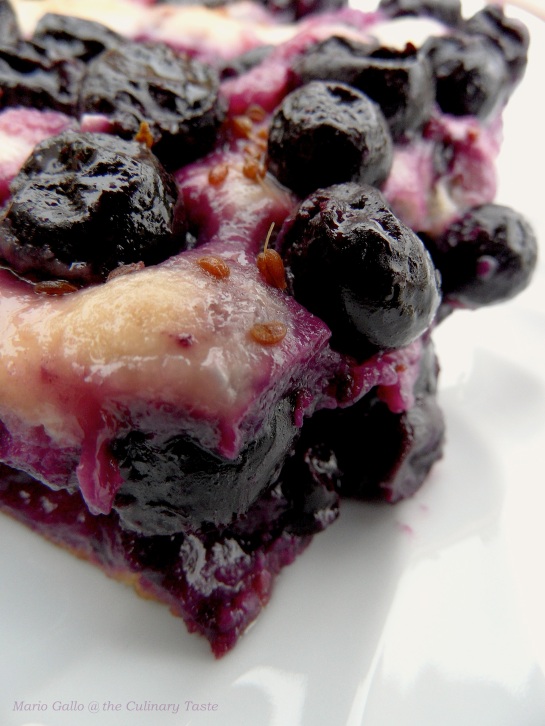
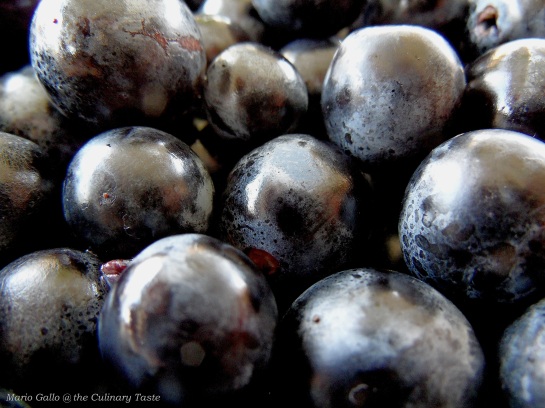
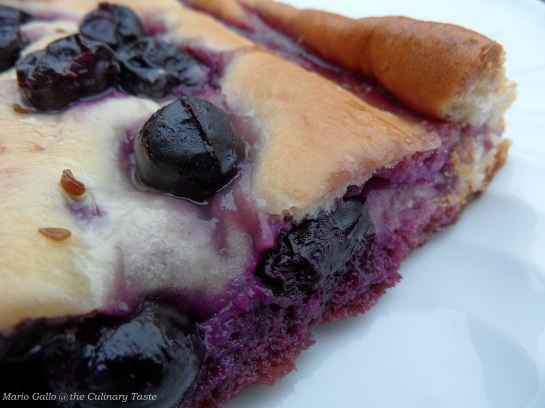
 Canaiolo Grape (Vine)
Canaiolo Grape (Vine)
